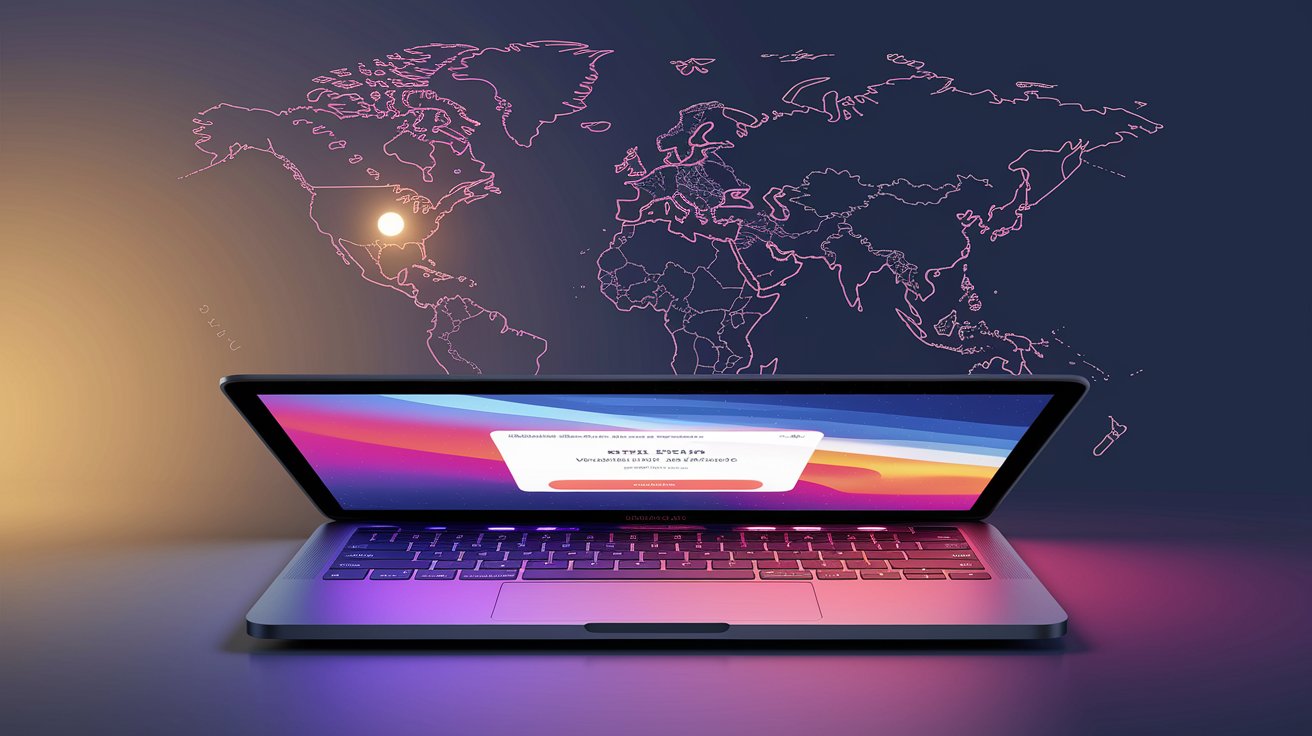Mac Industry Trends This Month
Why Mac Industry Trends Are Gaining Attention This Month
Across design studios, engineering labs, and university campuses, Apple’s Mac continues to be a preferred choice for professionals and learners. With every release of technical updates from Apple, discussions ripple through forums and office halls globally. This month, Apple introduced several timely developments—from chip architecture to service enhancements—that directly affect how we work, create, and communicate.
Quick Overview of Recent Changes
Several key developments this month include:
Next-gen Apple Silicon: The upcoming M3 chip series features lower power consumption and enhanced graphics performance.
Service expansion: Subscriptions like iCloud+, Apple One, and AppleCare+ are seeing growth, especially in Africa and Latin America.
AI upgrades in macOS: macOS 15 adds more device-based tools focused on creativity and productivity.
Hardware refinements: The newest MacBook Air and Pro models feature sleeker designs, longer battery life, and eco-conscious materials.
Apple Silicon Continues to Advance
Last year, the M2 chip received strong reviews. Now, with news of the M3 being built on a 3-nanometer process, expectations are climbing. Analysts across Asia and the West report a 30% drop in power usage and a 40% increase in graphics throughput. These improvements are drawing attention from 3D artists and indie game developers returning to macOS.
Apple has also increased investment in thermal engineering. Because of better cooling systems, high performance is maintained without loud fans. This benefits mobile creators, such as those editing video on trains or in cafés, offering quieter operation and extended battery life without needing a plug.
Services See Steady Uptake
While hardware remains competitive, Apple is increasing its focus on recurring revenue. According to Counterpoint Research in April, global iCloud+ subscriptions grew by 18%. Emerging markets in Eastern Europe and North Africa contributed significantly, driven by the rise of freelance work.
Apple One is also becoming more popular with hybrid work teams. With services like Fitness+, News+, and Apple Arcade bundled together, smaller companies find it more affordable to access a full digital suite. Every new Mac purchase includes a free three-month trial, boosting retention according to Canalys.
macOS 15 Integrates Smarter AI
Developer builds suggest macOS 15, codenamed “Skyline,” is launching in June. The update features a new Control Center layout and powerful device-based transcription for apps like Final Cut Pro and Logic Pro. By keeping processing local, user privacy is protected—especially important for filmmakers and music producers.
Another new tool is Contextual Compose within the Mail app. If you type a few sentences about a business proposal, the system will auto-generate a draft in your typical tone and length. No internet connection is needed, making this ideal for journalists and on-the-go professionals.
Hardware Improvements Highlight Portability and Sustainability
In its recent event, Apple revealed a lighter 14-inch MacBook Pro constructed with recycled aluminum. Tests by TÜV SÜD showed a 0.2 mg/cm³ drop in density and a 15% increase in rigidity. The updated Liquid Retina XDR screen hits 1200 nits of peak brightness, supporting clearer visuals even in sunny outdoor shoots in cities like Marrakesh or Seoul.
The latest models include MagSafe 3 chargers with braided cables made from post-consumer polyester. This change aligns with Apple’s goal to reach net-zero emissions by 2030. Safari Technology Preview is also supporting a proposed web standard for ultrasonic-based trackpad gestures, expanding control capabilities for creative users.
Supply Chain and Sustainability Goals
In March, Apple signed a pilot agreement with TSMC for 2-nanometer chip production targeted for 2026. The goal is to boost the efficiency of its Arizona facility and reduce reliance on a single manufacturing region.
The company also aims to use 100% recycled rare earth elements in all Mac keyboards by year-end. On the packaging side, fiber-based adhesives have replaced plastic tape, which cut 900 tons of single-use plastics in 2024 according to European Parliament data.
Further expansion in Vietnam and India will bring more global supplier audits into the fold, enhancing quality and accountability.
Mac Software Development Keeps Gaining Momentum
As hardware evolves, the software ecosystem keeps pace. During Q1, 13% of GitHub pull requests were tagged “macOS”—the highest since 2018. On GitLab, developers are turning to SwiftData, a declarative API for Core Data, to support offline-first app creation, particularly for startups.
Multiplatform development using SwiftUI and React Native is also gaining traction. Instead of building separate desktop clients, developers now use a unified codebase for iOS, iPadOS, and macOS. This lets teams release features across platforms simultaneously, a major advantage for bilingual teams in cities like Montréal and Berlin.
Smart Tips for Mac Users
Here are a few actionable tips to make the most of current Mac updates:
Test the macOS Beta Features
If you’re curious about the new transcription tools, try the beta release of macOS. Just make sure you have a separate Time Machine backup before installing it.
Evaluate Your Subscriptions
If you regularly use multiple Apple services, switching to Apple One Family might offer cost savings and smoother management.
Run Diagnostics Before Software Installs
Before installing demanding creative tools, run Apple Diagnostics to ensure your SSD and other components are in top condition.
Streamline Workflow Using Shortcuts
Use the built-in Shortcuts app to automate common tasks. One studio in Prague reported saving about 30 minutes per day by automating export settings in Final Cut Pro.
Looking Ahead: The Mac Stays at the Forefront
Although mixed-reality headsets are making headlines, the Mac continues to command attention. If the 2-nanometer process succeeds, Macs could extend their lead in energy efficiency over rival laptops. Software updates will likely introduce even stricter privacy standards, setting the tone for the broader tech sector.
Tracking these monthly shifts helps users stay ahead. With each software release or hardware refinement, performance and productivity continue to rise. Staying current offers clear advantages—not just in speed or battery life, but also in creative flexibility and privacy protection.
The message from Apple this month is unmistakable: innovation across the Mac ecosystem is moving fast. Whether you’re working in Africa, Europe, Asia, or the Americas, adapting to these changes can mean stronger tools, smarter software, and services that support you wherever your work takes you.





